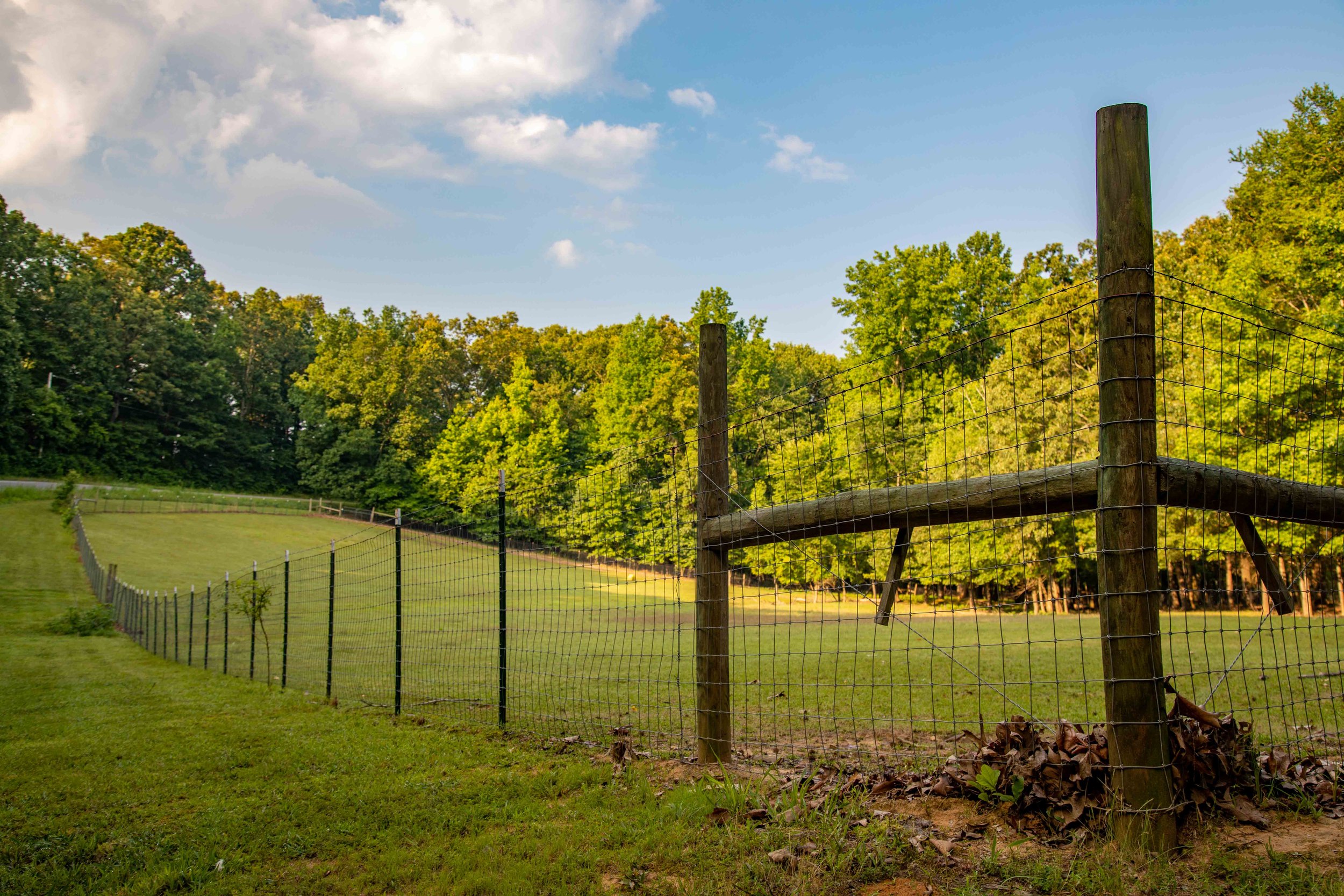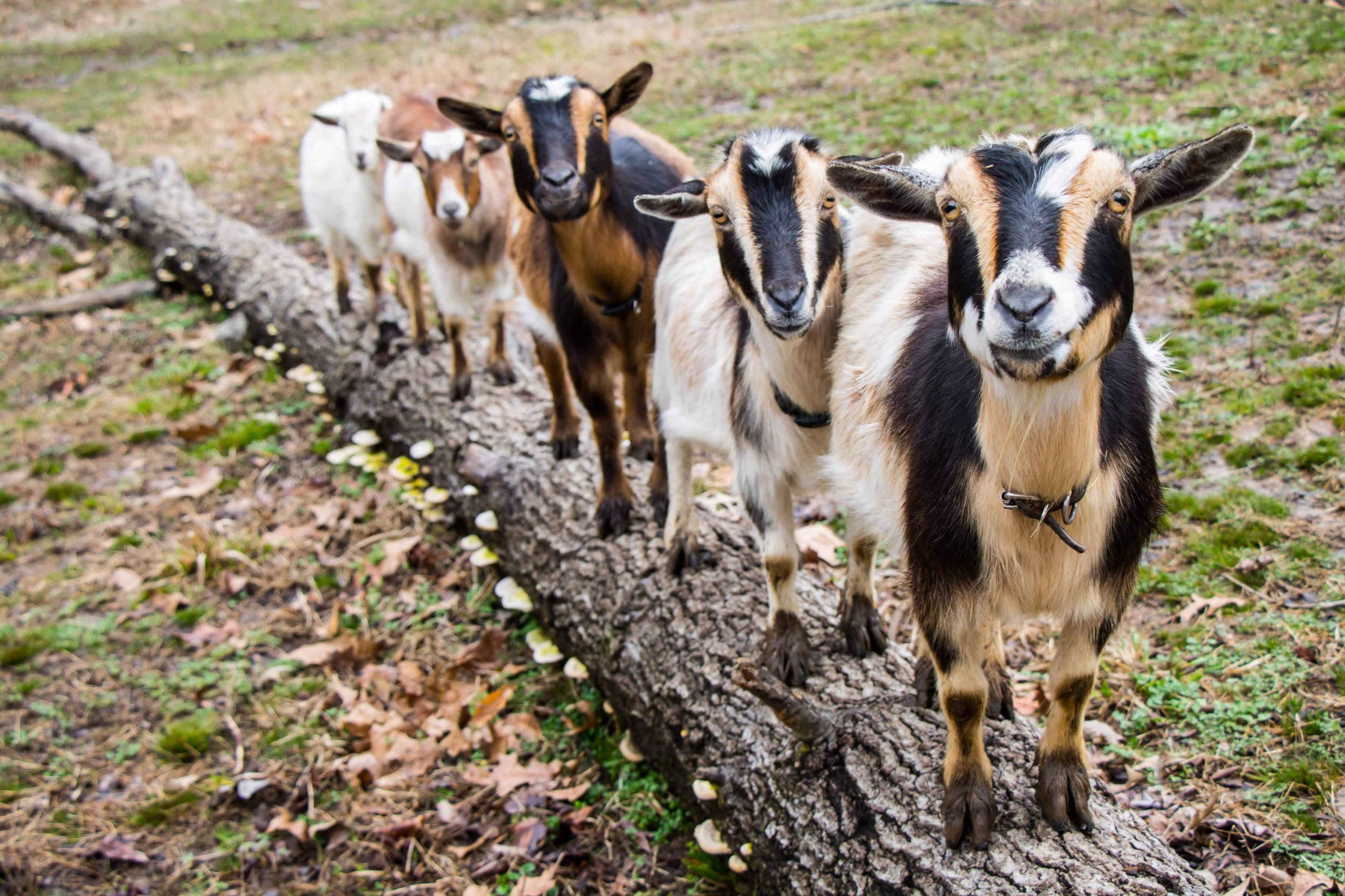
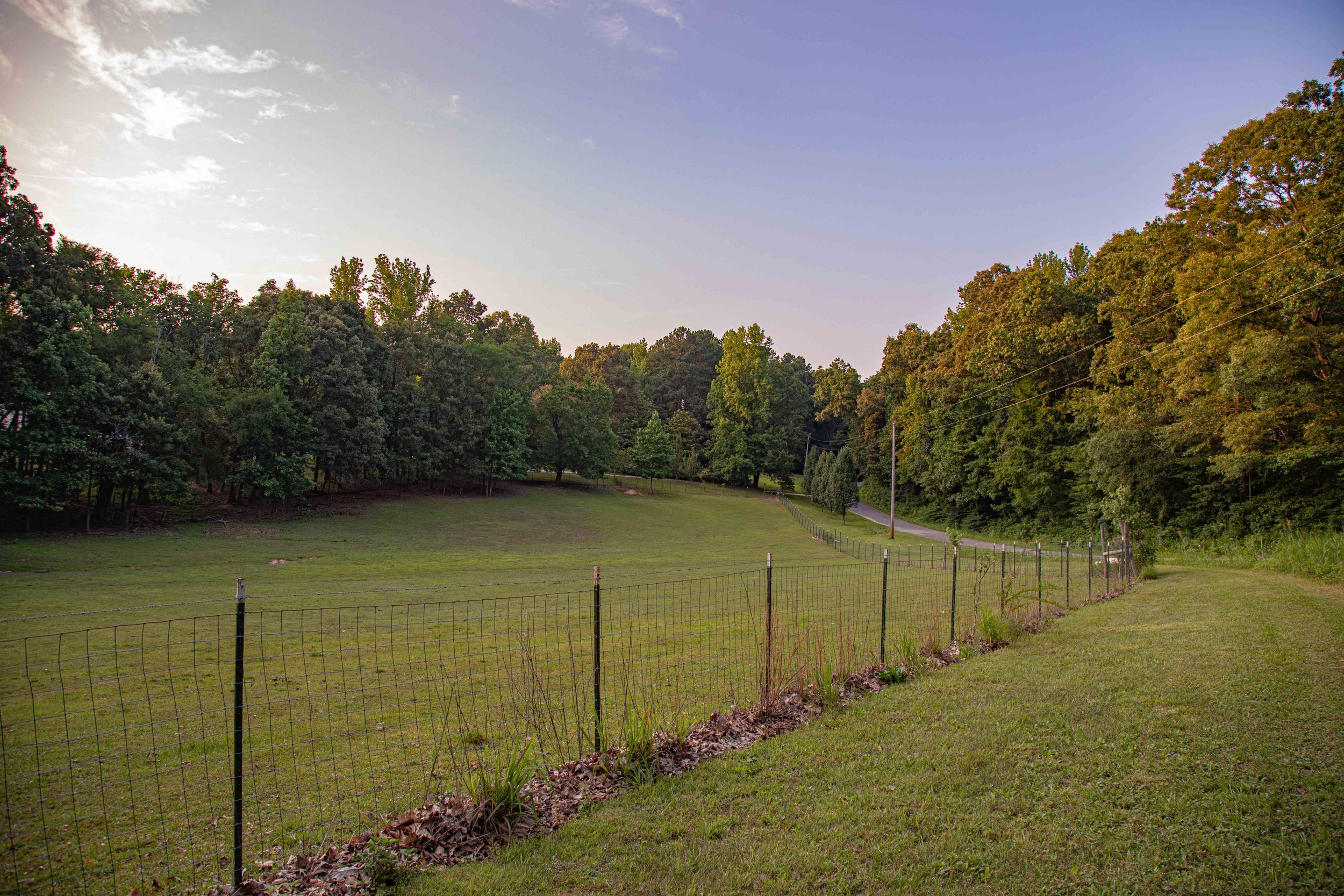

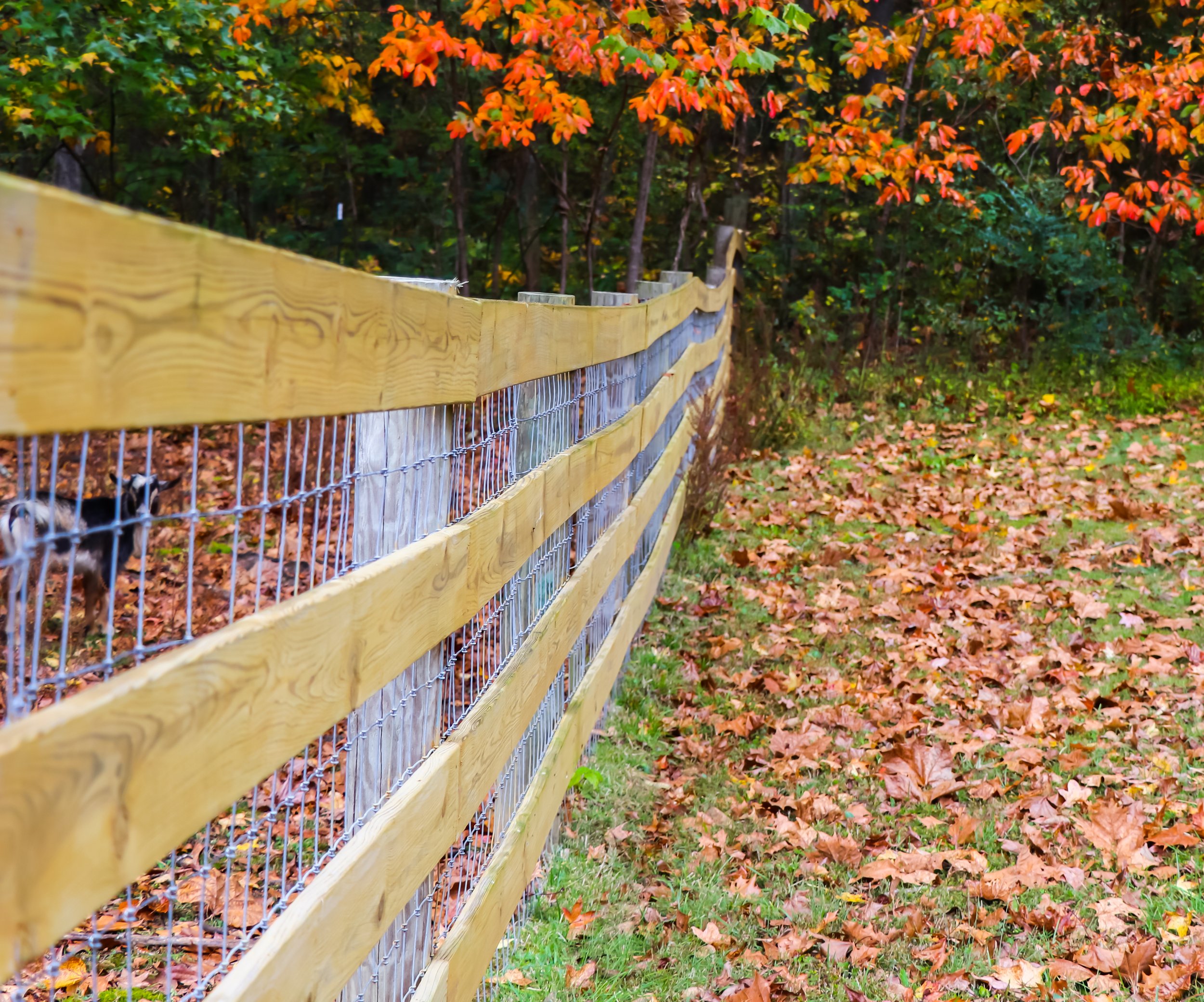
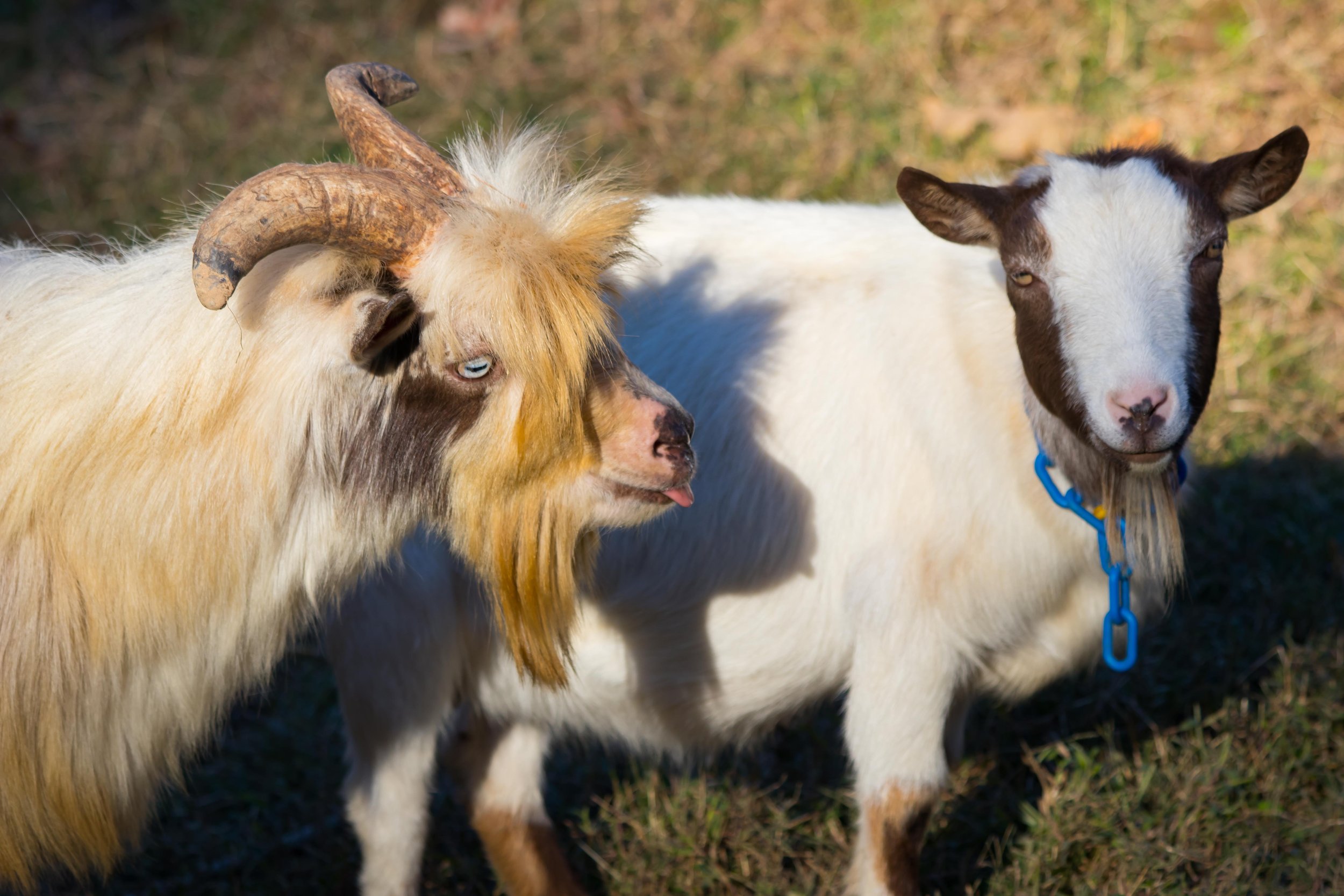

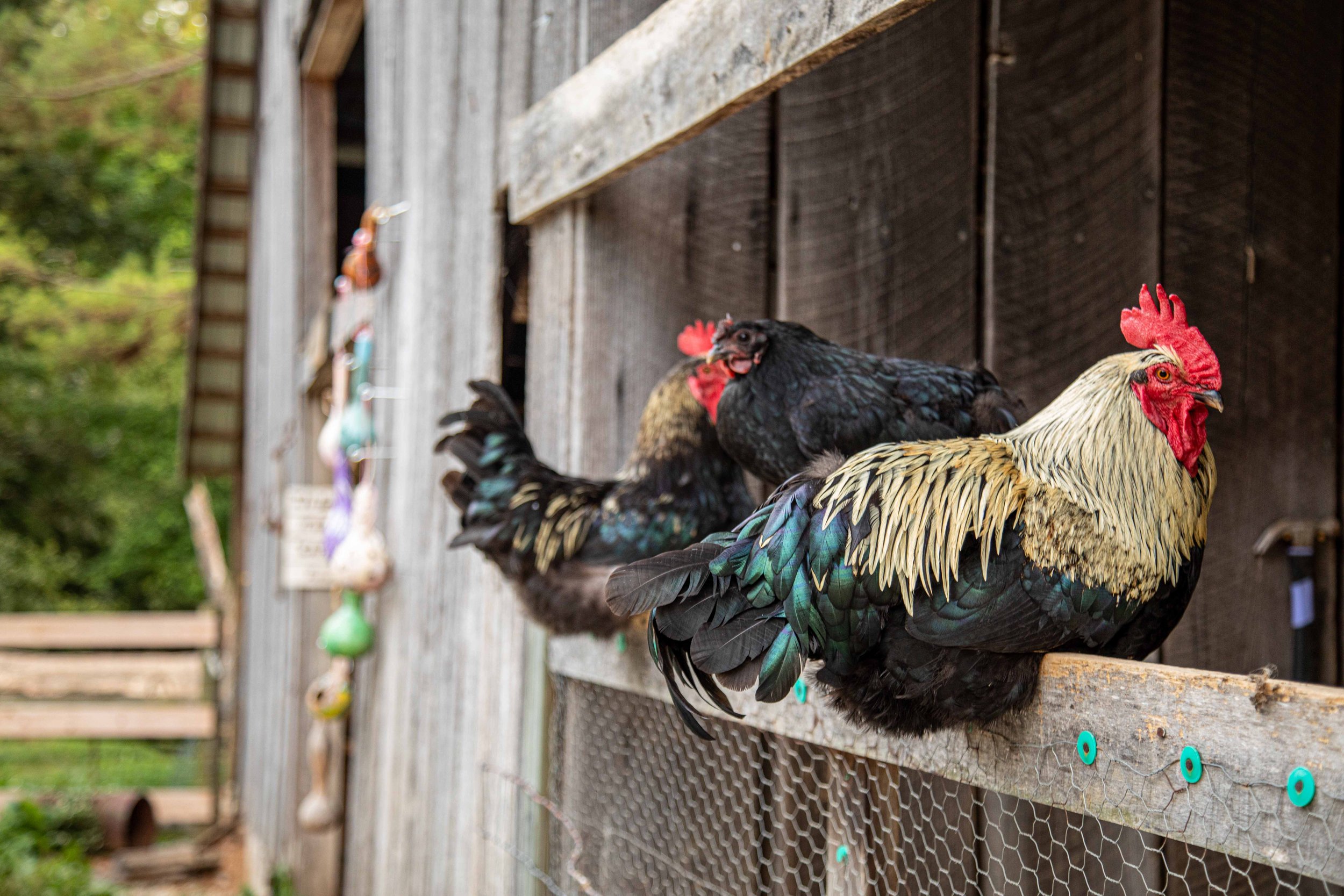

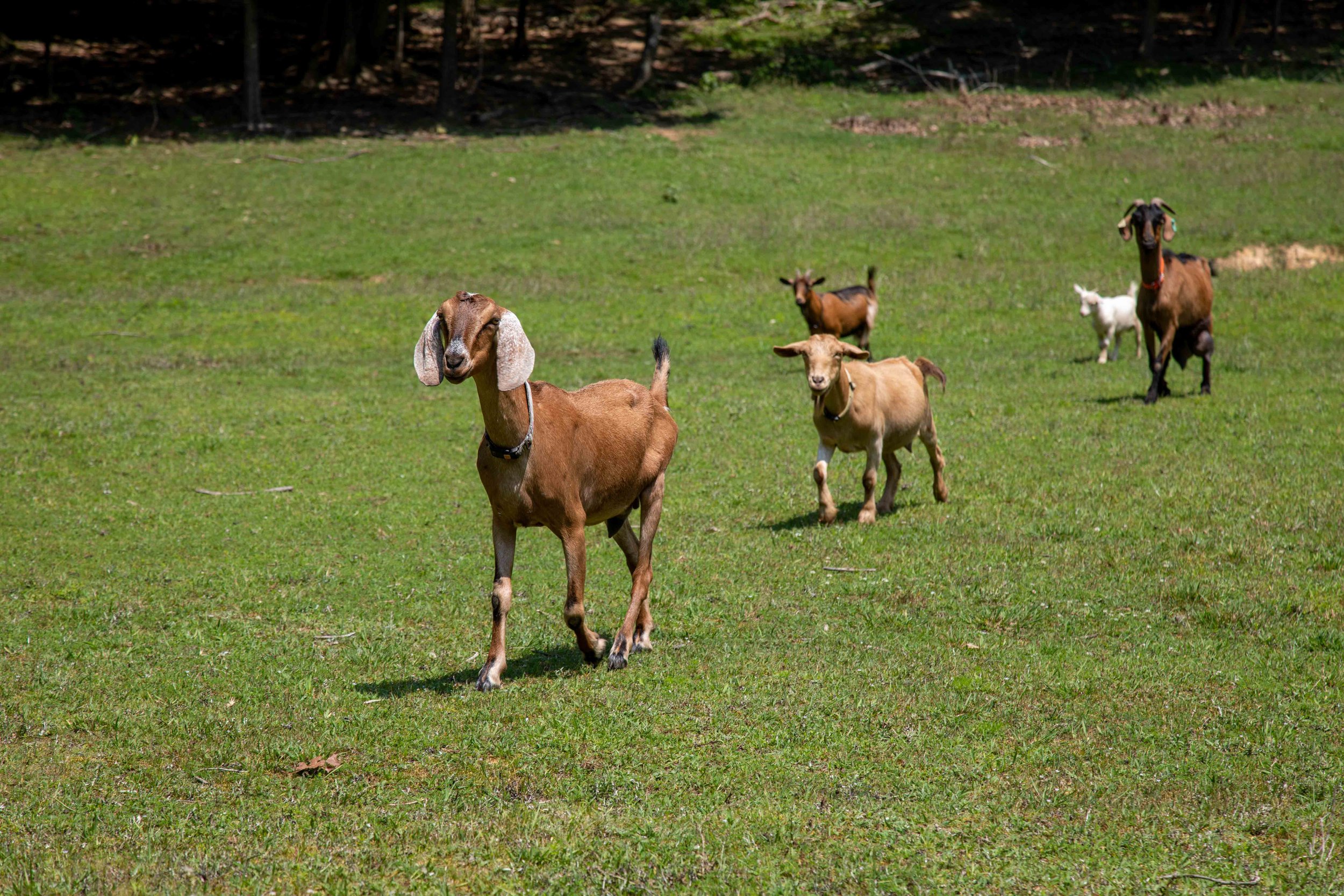









As a small farm located outside of Huntingdon, Tennessee, we are committed to eco-friendly livestock tending and organic plant production. Our small-scale approach allows us attention to detail as we work with goat milk, organic herbs (both fresh and dried), luffa gourds, and wool fiber to create personal care products as part of a sustainable lifestyle.
Join us as we learn, expand, and share our creations. Our story is not unique, but it is our story.
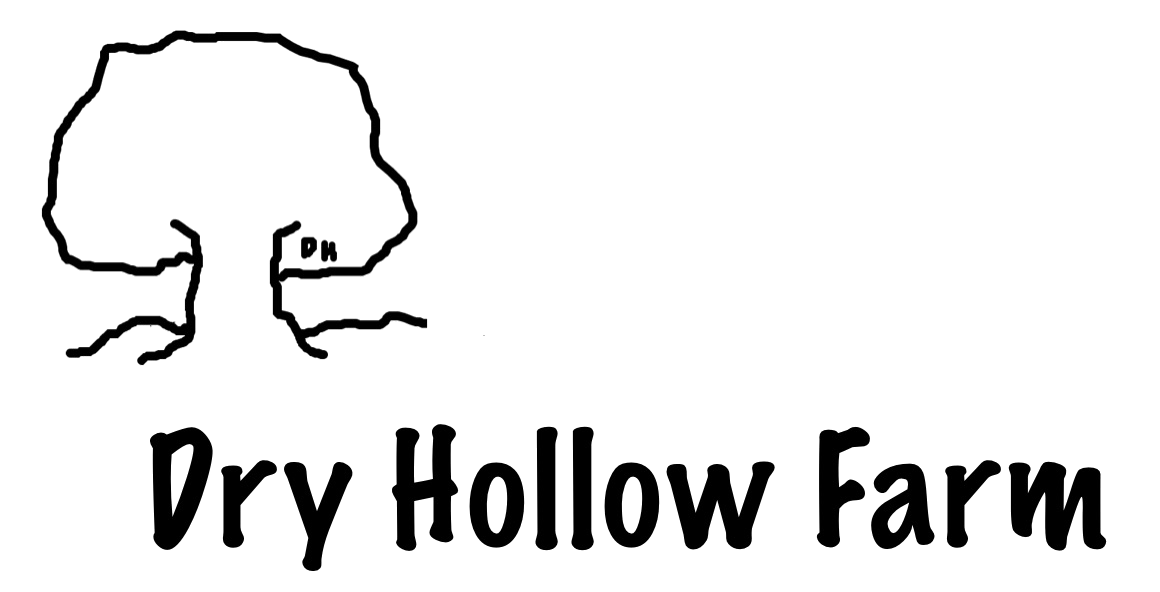
If you have read our blog posts from the beginning of this year, you will understand that we consider Dry Hollow Farm an agricultural business. We are running neither a homestead nor a hobby farm. For this reason, analyzing end-of-the-year financials and farm realities is crucial to the decisions we make for the coming years.
Most years we apply for one or more agricultural grants through the state of Tennessee. These grants have helped us build our herb shack, lean-to greenhouse, and soap shop as well as purchase a variety of agricultural equipment.
As the days shorten and temperatures fall, we find ourselves counting the weeks until spring begins! Although we haven’t even made it to Christmas yet, dark evenings and frozen pastures give us time to contemplate preparations for the coming year. One task we find immensely enjoyable is selecting and ordering our herb seeds for the coming growing season.
Early summer we had a clutch of eggs hatch. Nine little chicks emerged and were soon picking their way across the farm behind their mama. Unfortunately, free-range chicken life can be dangerous, and out of the nine, only three have survived until mid-December, when I’m penning this blog. Most succumbed to predators like hawks or simply disappeared never to be seen again. One recently died suddenly of a mysterious illness.
Although we have a few cold snaps throughout the fall in western Tennessee, we seldom experience consistently frigid temperatures until after December arrives (and usually not until January and February). For us, the Thanksgiving holiday week usually triggers preparations for the coming cold weather season.
For most of our goat herd, breeding season begins in late August and will continue through December. For sheep and goats, shorter days in late summer, fall, and early winter trigger frequent receptivity in our females which in turn encourages males to go into “rut.”
This past weekend, we made the decision to purchase additional dairy goats to add to our flock. With product sales nearly doubling this year, our milk demand is also growing, and we required more large-breed dairy goats for increased production. Although we have several Nubian and Alpine does, waiting for their kids to reach maturity for milk production was not feasible in the short-term.
In an earlier post, we discussed the human tendency to personalize animal behavior through anthropomorphism - the assigning of human traits to non-human beings. The tendency of many farm visitors is to label our critters as either “sweet, friendly, and loving” or “mean, greedy, and unkind.” These are primarily human traits assigned to animals who are, at the end of the day, just animals.
We never throw anything away at the farm. Scraps of wood, old buckets, pieces of chain - it seems as if when I throw an item in the trash on Wednesday, Thursday I need it (and right after the trash truck runs, of course!).
Sometime before the first frost, we harvest our luffa gourds. A frost will immediately kill the vines and damage any remaining hanging gourds if they are not completely dry.
Although we practice a closed herd as much as possible, we have purchased a wide variety of goats and sheep over the past decade.
No ten-year anniversary blog is complete without mentioning the tiniest of critters who share space with us at Dry Hollow Farm. From pollinators to spiders to the creatures whose purpose of existence we question - we all share a common space. Most days I walk by without noting their existence, but every once in awhile, I pull out a camera lens and try to capture a moment of their life.
According to gardening calendars, the earliest frost date for western Tennessee is October 15th. Once the month of October arrives, we begin watching weather forecasts religiously so we can prepare for these first below-freezing temperatures.
As an agribusiness, our primary focus is creating value-added products for direct, retail, and wholesale customers. What does this mean? We do not produce row crops, and although we do sell livestock on occasion, they are not our main source of agricultural income. Instead we take something generated on our farm (for example, organic herbs or goat milk) and create products for marketing. We market our products in three ways:
Our online presence, both through our website and social media, requires a serious approach to farm photography and videography. Our farm photos fall into one of two categories: (1) farm animals, natural flora and fauna, and landscapes; and (2) products. This post will focus on the farm while next week’s post will focus on products.
We use the herbs we grow and harvest at Dry Hollow Farm in a variety of ways: soaps, salves, lotion bars, infused-oils, and dried herbal teas. These herbs include the organically-grown varieties we cultivate from seed and the wild herbs we gather from across our farm property.
As early September arrives, we begin counting down the weeks until our first frost date. In western Tennessee, this usually occurs somewhere around October 15th. Many of our herbs cannot survive much below 40 degrees, so our growing season will dramatically come to a close overnight.
We are generally a low-tech, small-scale agricultural operation. Most days you will find us using a wheelbarrow, rake, pitchfork, and shovel. For bigger jobs, we may hook up a wagon or fertilizer spreader behind the lawn tractor we use for mowing. I suppose all of the manual labor keeps us healthy, as much as we might complain about it all. However, for the most part, the expense of larger equipment is unnecessary at this point in our operation.
The month of August is the time of year I have difficulty maintaining my motivation around the farm. Days are hot and humid and never seem to end. The sun takes forever to drop below the horizon. Evenings remain sticky and airless, and we don’t sleep well. Before I know it, I’m behind with every farm chore. Weeds proliferate, scrubby brush becomes overgrown, and every animal looks at me as if to say, “Is this EVER going to end?”
The Problem with Parasites: Every long-term goat owner knows the symptoms as soon as they seem them.
Many people who visit Dry Hollow Farm, stay in one of our cabins, or speak with us at events are considering goats, whether as pets or as livestock. After interacting with our crew, they have a number of questions about their care, their habits, and their milk.
There are a number of factors that determine when we move all or part of our goat herd from one pasture to another. Rotational grazing is an important part of parasite control as well as promoting the vegetaion our goats best like to consume.
At Dry Hollow Farm, our grazing land is divided into three separate areas, each with a mix of open pasture and woods. Within these areas, sets of gates allow us to block off areas, if needed. Rotational grazing for livestock allows the movement of animals from one paddock to another which reduces the dangers of overgrazing, including poor nutritional intake, parasite control, and vegetation disappearance.
After last week’s discussion of how we determined our approach to making soap, this week we revisit the soap-making process itself. Our approach is small-scale with each pour creating twenty-two bars of standard soap after an hour’s processing time. It is impossible to rush the process or increase the number of bars without retreating from our handcrafted, artisan approach to making soap.
Although we handcraft goat milk soap every month of the year, there are two seasons when we make a concerted effort to produce as much as humanly possible: mid-winter and mid-summer. In January and February, we use the long, dark winter evenings to restock our soap inventory after the rush of the Christmas season. In mid-summer, we create as many bars of soap as we can in preparation for our fall festival events. Although we maintain steady sales throughout the year, September through December is our heaviest buying season.
Every two to three months, we schedule hoof trimming for the herd. Multiply our head of goats by four, and it’s easy to understand why this is not our favorite farm task! Nor theirs …
Because our agricultural enterprise is not a hobby farm but rather a growing agribusiness, we spend time with product research and development. Over the past two years, we have turned our attention to producing dried herbs, herb-infused oils, and herbal soaps. After direct-selling plants from the Herb Shack this spring and early summer, we now include a variety of herbal products in the Soap Shop and on our website.
As we progressed in our soap-making skills and product offerings, we began to investigate other forms of produce for our farm that will add diversity and interest to our soap products. Growing luffa gourds is a significant part of this product diversification.
View fullsize
My husband is from western Tennessee. I am not. Thus ensues the battle of words regarding a very pesky, unwanted grass that grows in portions of our pastures. Locals refer to this as sage grass, but for me, sage grass is something that turns into tumbleweeds in the American Southwest and rolls across the screen in a John Wayne western.
Our first action after shearing is to skirt the fleece and remove all the bits and pieces of wool that are filled with muck from the animal’s underbelly or backside. These scrappy pieces are of no use, and we throw them away. What remains is the beautiful, thick fleece ready for working.



